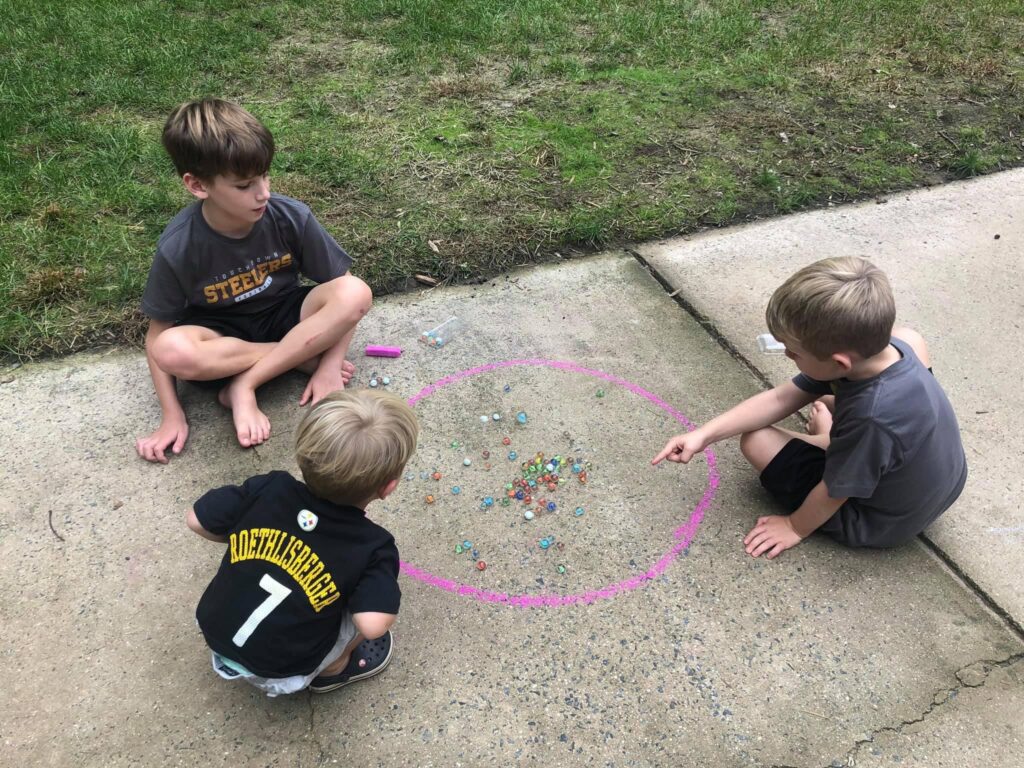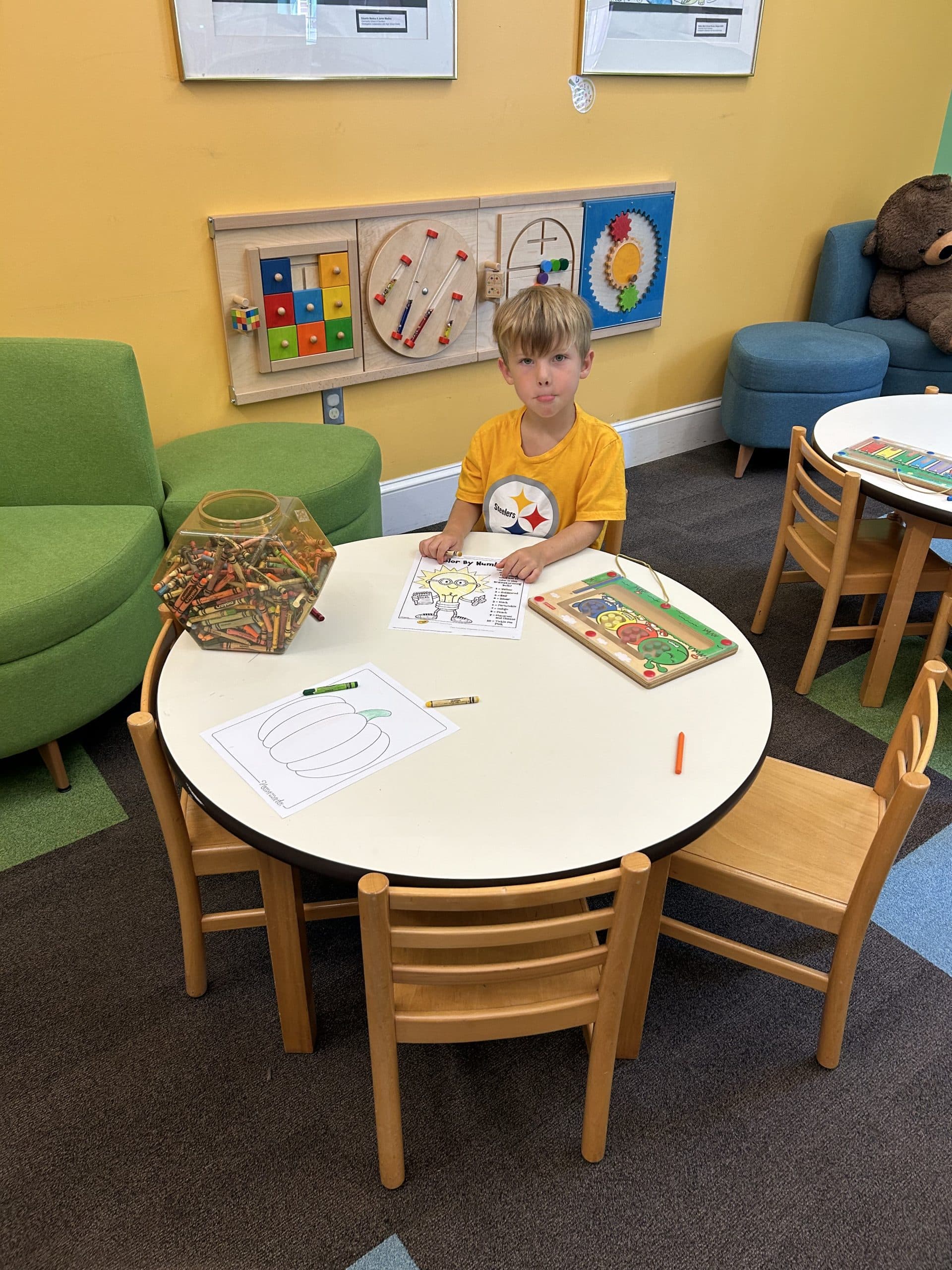Structured recess teaches children to play safely in accordance with the Whole Child Model. According to the American Academy of Pediatrics, students should engage in 60 minutes of moderate to vigorous physical activity daily. This amount of time includes school time and outside-of-school activities. Activity improves a student’s mental and physical health and fitness. It reduces stress, depression, and anxiety. A break in the day for play gives the brain a chance to process information.
Recess gives students a break from the classroom. Recess has many developmental benefits. However, students with aggressive behavior learn to play safely during a structured recess. Structured recess ensures the safety of others in a supportive, small-group setting outdoors.
Structured outdoor recess is organized, supervised, and planned to allow students to participate in various activities. It decreases the risk of accidents and conflicts between students. Most activities are developed according to individual needs and interests. With adult supervision, positive behavior is reinforced.
Through structured activities during recess, students learn how to focus. Thinking skills are refined along with problem-solving situations. They also gain understanding and retain the rules of various games. They understand the value of teamwork and cooperation.
Unstructured Recess
Unstructured recess has no guidelines except what is determined by the students. It is students inventing their own rules of a game with spontaneous activities without specific learning objectives. It allows for exploration, creation, and discovery without specific rules. Unstructured play has been shown to foster cognitive development while boosting physical, emotional, and social development. Students form groups of peers, siblings, friends, and adults in the ‘free play’ games.
Hod Lipson from Cornell University states, “the gift of play teaches kids how to deal with the unexpected and unpredictable, and is considered to be a crucially important skill in today’s uncertain world.”
Free or unstructured play lets students randomly select ideas and actions as they play. The fact that a game is uniquely made up makes it effective. Students try out various ideas as they play. It’s been shown by a neuroscientist that play changes the anatomy of the brain in students by strengthening the connections of nerve cells in the brain’s control center, which builds skills of problem-solving, emotional actions, and formulating plans. Unstructured play teaches positive interactions among players, thus building social skills. Social skills from unstructured play lead to academically better students.
A break in the school day has many benefits. It allows students to look, listen, and observe what is around them. It improves mental and physical health. It supports learning regardless of whether it is structured or unstructured play. Recess is a refreshing break for students and teachers.



